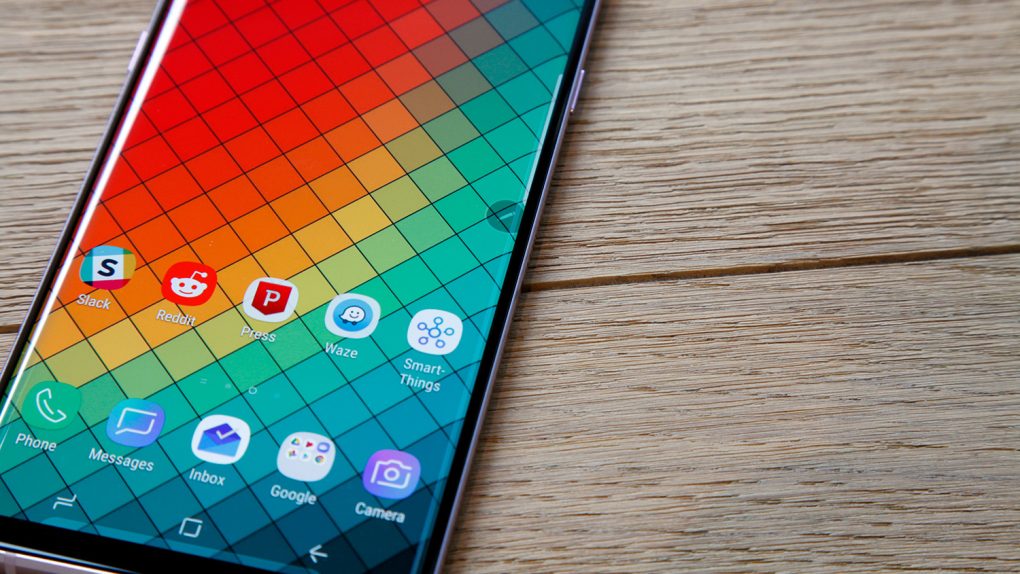About a year ago, we learned that the Samsung Advanced Institute of Technology (SAIT) developed a “graphene ball” that can be used to make lithium-ion batteries charge even faster and last longer. That kind of technology is supposedly coming next year, although the Galaxy S10 unfortunately isn’t expected to feature graphene batteries.
A rough translation of a Weibo post says that a graphene battery (that’s a lithium-ion battery using graphene) would require only 10 minutes to reach a full charge and could hold 45% more energy in the same sized cells as a traditional lithium battery. The battery could even operate at a high temperature safely, the post says.
Samsung phones already come with support for fast wired charging, but this graphene battery tech would dramatically reduce charging times. Unfortunately, you shouldn’t get too excited about it just yet. Well-known Samsung insider Ice Universe said on Twitter that he doesn’t expect the technology to be commercially available soon enough to make it to Samsung’s upcoming Galaxy S10 series.
I don't think Samsung's graphene battery technology will be commercially available soon. It also needs to solve many problems.
— Ice universe (@UniverseIce) October 23, 2018
He added that when it is ready for phones and cars, it’ll be a revolutionary breakthrough.
If it's used in mobile phones and cars, it will be a revolutionary breakthrough in changing the rules of the game.
— Ice universe (@UniverseIce) October 23, 2018
If the Galaxy S10 isn’t getting a graphene battery but Samsung does plan to use the technology as soon as next year, then the Galaxy Note 10 might be the next candidate. On the other hand, debuting new battery tech on a Galaxy Note might not be the smartest move. The Note 7 may seem like a distant memory, but we can’t help but think of Samsung’s ill-fated 2016 flagship every time we hear about batteries in Samsung phones.
Also important to remember is Samsung’s shift towards mid-range devices. The company confirmed a few weeks ago that it’ll start launching new smartphone features on mid-range phones rather than just flagships, and it already did so in the past few weeks. In less than a month, the company launched its first phone with a triple lens camera followed by the first Samsung phone to have four cameras on the back.
Huawei, meanwhile, already unveiled a phone that uses graphene, but the Mate 20 X gaming phone’s graphene layer is meant to help dissipate heat faster. It has nothing to do with the battery.








